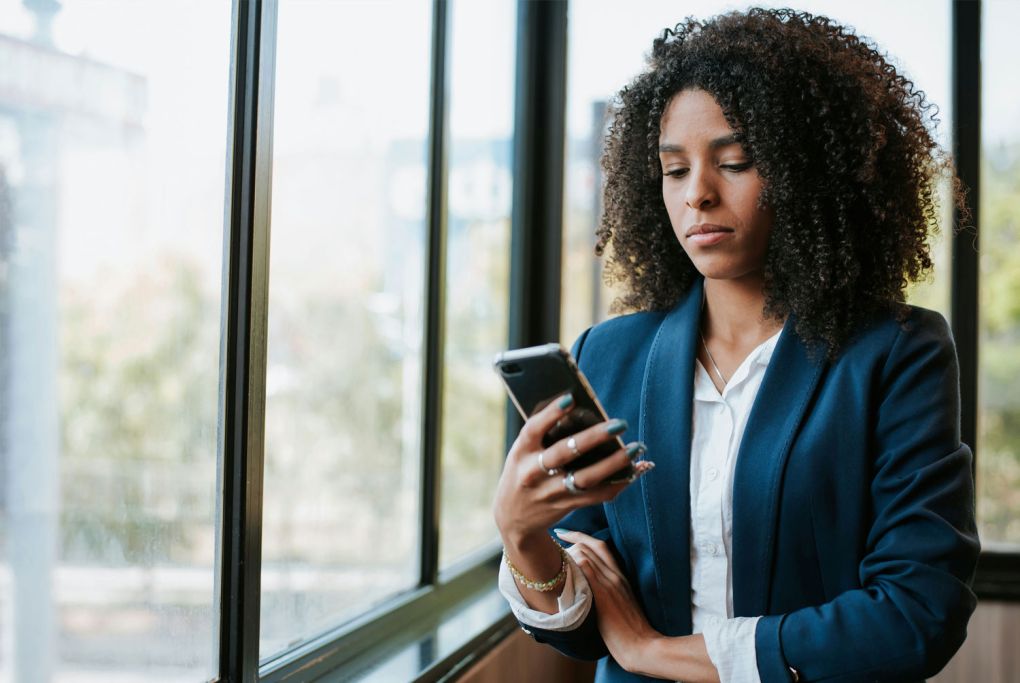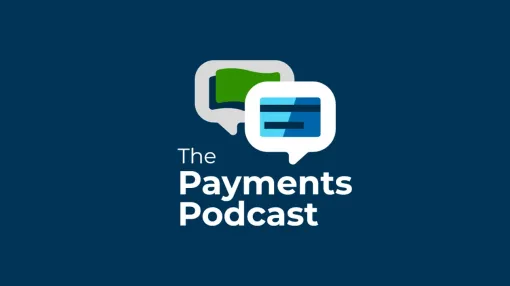Get Easy Steps to Shut Down These Fraud Attempts
Fraudsters want your phone. Specifically, they want to access your cell phone and VoIP phone to gain access to your accounts, allowing them to steal payments and impersonate you and your business. This is bad news, but it's also surprisingly easy to prevent with just a few easy steps. Learn how with this informative infographic, which will show you how to shut down both kinds of fraud in less than 30 minutes.
Across the financial industry, 2023 has started off with a significant number of attacks by fraudsters targeting cellular and VoIP (Voice over Internet Protocol) phones in order to intercept Multi-Factor Authentication (MFA) codes and log in to your bank accounts, emails, and payables systems. If you log in to your phone online via a website or access your cell phone plan online, there is a risk.
Neither of these portals should allow for a password reset to be done only through email or logging in on an unknown device to go unchallenged by MFA. Most phone providers do not enable critical MFA protection to access their online portals as standard practice and require you to go out of your way and set up Multi-Factor Authentication on those phone login portals.



